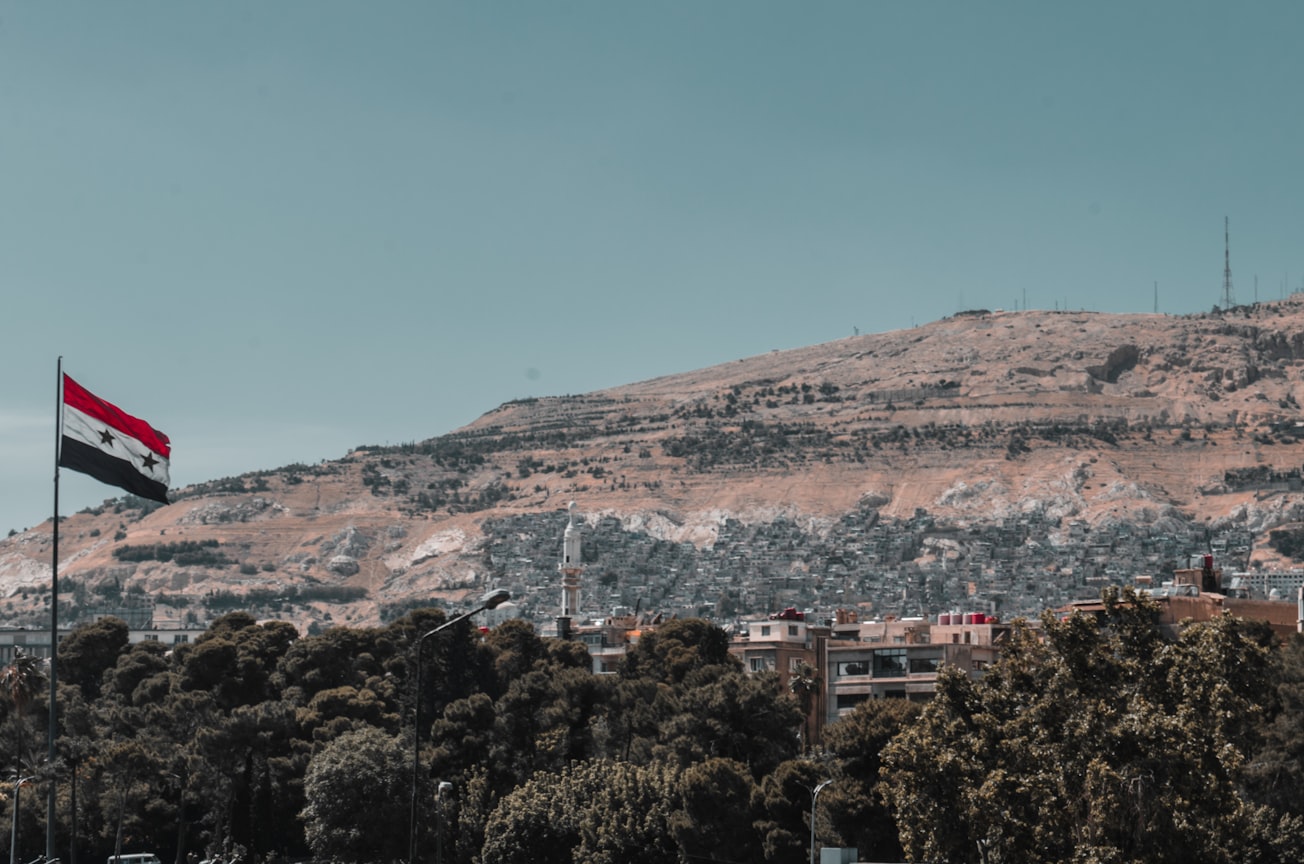What is it about?
As non-renewable natural resources, restoring Syrian soil quality is a vital issue for sustainable future planning after conflict ends. The data provided in this research exhibit features and physiochemical properties for soils from the southern part of Syria until the Jordanian border, which can provide decision-makers with sufficient information for rehabilitation stage after conflict in a regional scale. The data were collected from 107 representative soil profiles covering diverse agroecosystems throughout the area (i.e. Dara and Alswieda governorates).
Featured Image

Photo by Mohammad Helal on Unsplash
Why is it important?
The most important data findings of this research included the first detection of Palygorskite {(Mg,Al)2Si4O10(OH)•4(H2O)} in Syrian soils, which is considered a strong evidence for the direct effects of the climate change on agroecosystem. Vertisols, Inceptisols, Entisols, Mollisols, and Aridisols were the most widespread soil types in the area. Overall, the database involves the field morphological characteristics, physicochemical, and mineralogical analyses
Read the Original
This page is a summary of: Soils of the Southern Syria – A big database for the future land management planning, Data in Brief, August 2020, Elsevier,
DOI: 10.1016/j.dib.2020.105832.
You can read the full text:
Contributors
The following have contributed to this page







